How to Sell Your Handmade Stuff at a Craft Fair
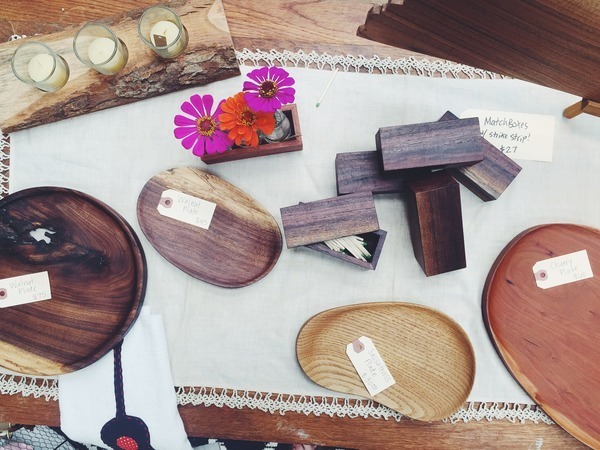
If you’re like me your DIY obsession can get so out of hand you have to start selling your stuff to fund more stuff! One of the ways my wife and I do it is setting up a booth at local festivals, barn sales and craft fairs. With a little bit of business savvy and DIY ingenuity, you too can start turning a profit on your passions.
Consider Your Investment
As you’re doing research on what fair or festival to do, count the cost of things like booth fees, ticket costs (if any), travel and food. After adding up all those costs make sure you have or make enough product to exceed those costs. If you all of those factors turn out to be a worthy investment for you then you’re ready to apply for a booth!
Start Small
If you’ve never done a booth before, consider doing smaller, cheaper events. I got my start in local school gyms and church parking lots. After a couple of small events you could start applying for larger, more popular shows. As you grow, start to invest in things like a pop-up tent (about $125), folding tables and other booth props and displays. The better your booth looks the more likely the juries of larger shows will approve your applications.
Assess The Event
Before you pay any money for a booth fee, make sure you know the audience of the event, last year’s attendance, what kind of marketing the organizers are generating, how many days the market will run and the season when the market is held (Spring, Fall and Christmas usually are the best times). Factors like these will help you gauge whether or not the fair will be worth your time. You definitely don’t want to be a welder selling iron at the inaugural quilting show in the middle of nowhere.
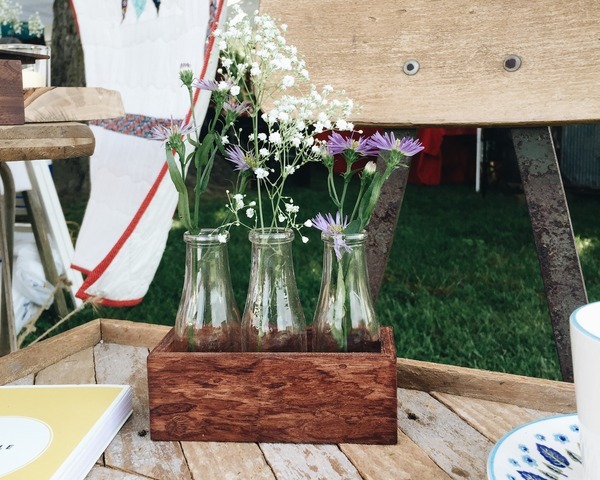
Decorate Your Space
Depending on what it is you like to sell, you’ll definitely want to add some interest and appeal to your booth to entice buyers to check out your work. Adding common items around the things you sell help the buyer visualize your product in their home. I sell a lot of woodworking so I stack my plates and boxes on top of small crates and vintage linens to offset the brown of the wood with a nice creamy white. In the above picture, I filled some of my vases with flowers, set it on a handmade tray on top of an industrial chair flanked with old books and a tea cup.
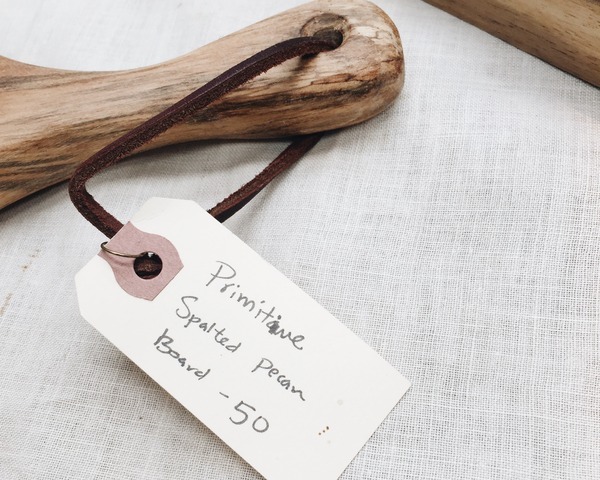
Over-communicate Your Products
Asking “how much is this?” Isn’t a favorite phrase for most shoppers. When they can see the price easily they are more likely to make a purchase. Upgrade your price tags from a sticker to a hand written paper tag or small chalkboards next to large item for a really nice handmade touch. It’s also a good idea to make some signs that have your business name and craft. If you make wood bowls, hang a chalkboard sign that says “handmade wood bowls” This will make it easier for shoppers to see what you have to sell at a distance.
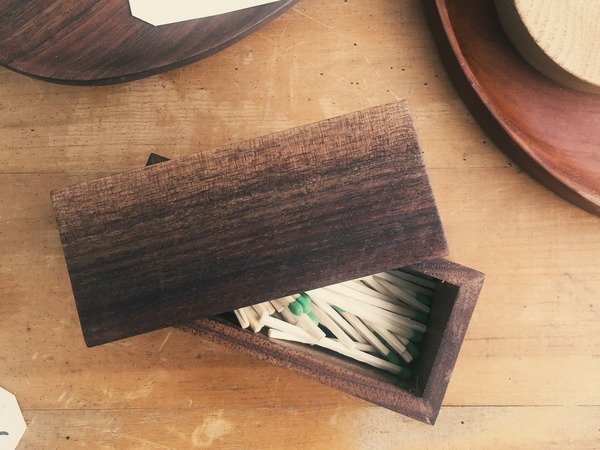
Stock Up On The Smalls
If a lot of your DIY inventory is expensive furniture or home decor, consider spending some time making some sub $20 products. If someone comes to your booth and sees that everything is over $100 but they really want to buy something from you, they’re going to reach for some of the small things you have to offer instead. For example, i mostly make furniture and carved plates but most customers don’t have 75-300 to spend on me. So I started making simple flower vases and matchstick boxes to sell alongside my finer things.
Be Friendly But Not Too Friendly
Always be checking the temperature of the room when your visitors come into your booth. Give them a simple greeting but don’t press for too much small talk unless you can sense that they are genuinely curious of your wares. I’ve scared away too many people by being too friendly. Just think about how you’d want to be treated as you walk around your average retail store and do the same with your booth.
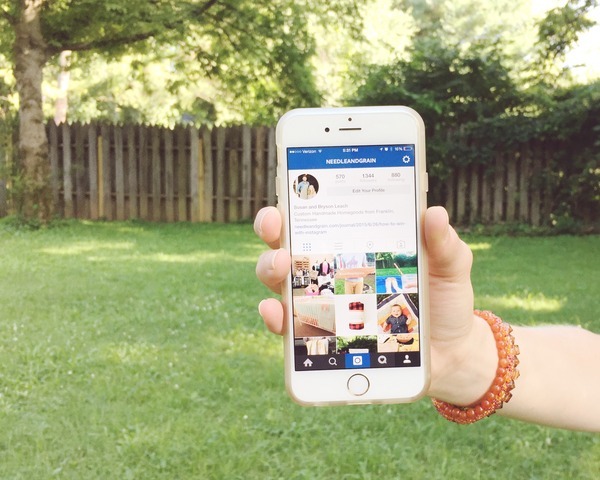
Advertise
Tell everyone about your booth! Post it on social media, hand out event post cards and spread word of mouth about your new venture. In the beginning, your best customers can and will be your friends and family. They’ll definitely want to come see you and what you’ve been doing in your garage for months. Post pictures of your booth as the event progresses. That way, your post on Friday will inspire someone to come see you on Saturday.
bonus tip: If you have a business page on Facebook, spend a few dollars to boost your post to more of your followers. I’ve had some decent success spending $10-15 on one.
Finish With a Business Card
Finally, if a buyer is really interested in your work but isn’t ready to buy, have a business card ready to hand them. Sometimes, I make more sales after a fair because a buyer has a custom request or is interested in something you might sell online and don’t have it at your booth. You can even sweeten the deal and offer a discount on a later purchase.
Above all, remember that you’re doing this to have fun! Celebrate when you have a fantastic weekend of sales and don’t get too discouraged if you have a weekend that doesn’t do as well as you wanted. Keep trying and tweaking until you find the right formula for crafty success!









